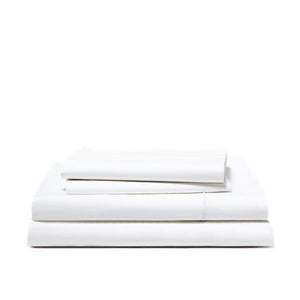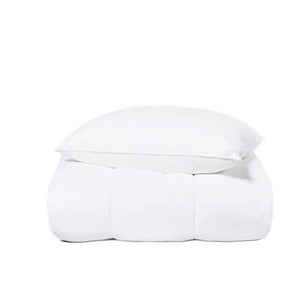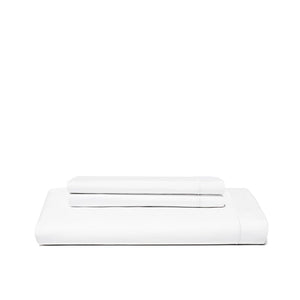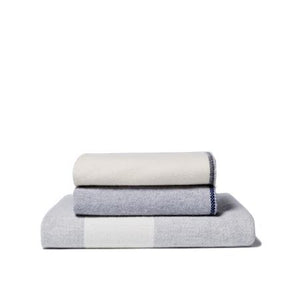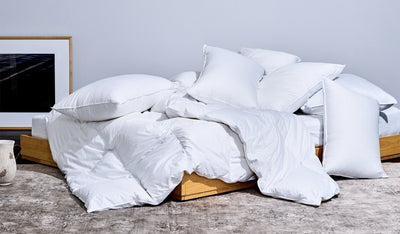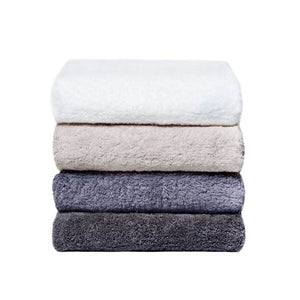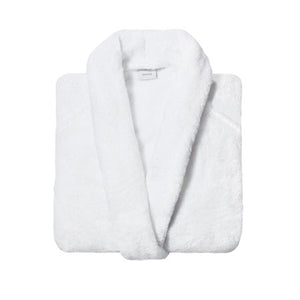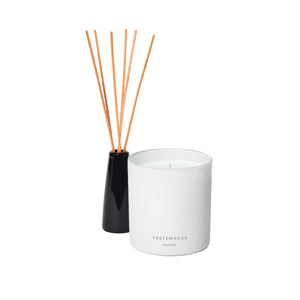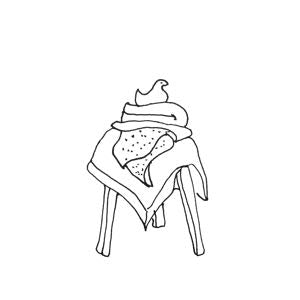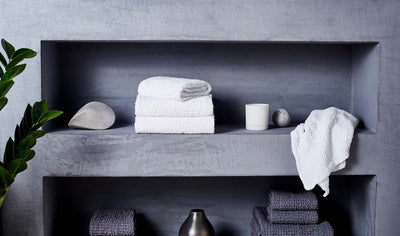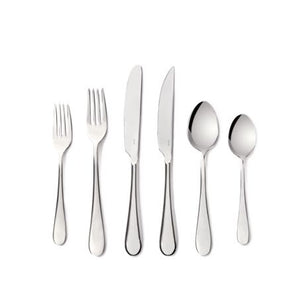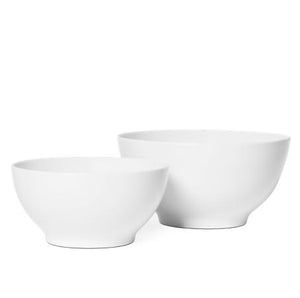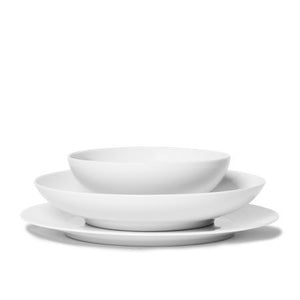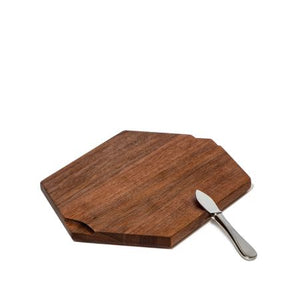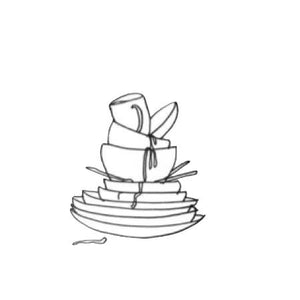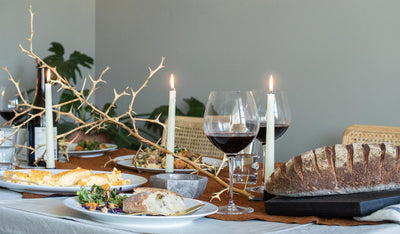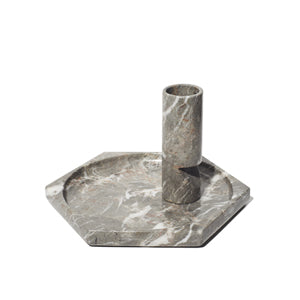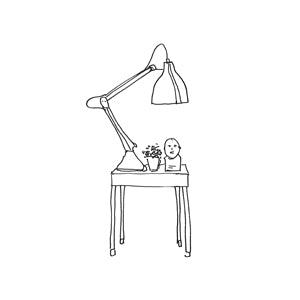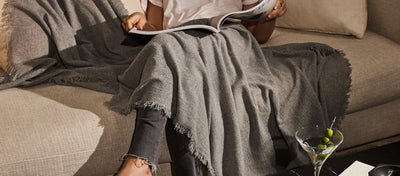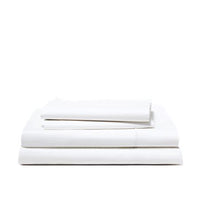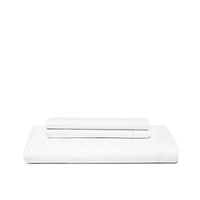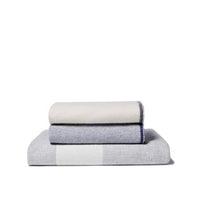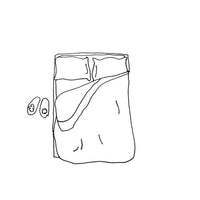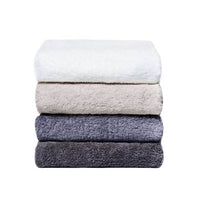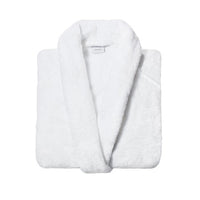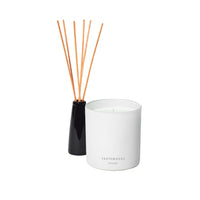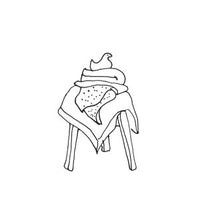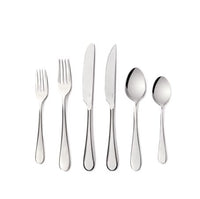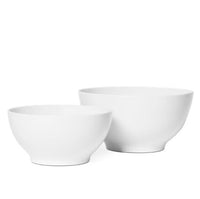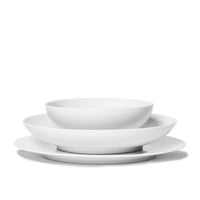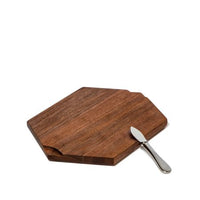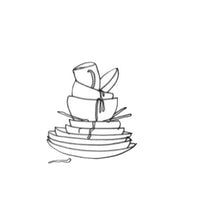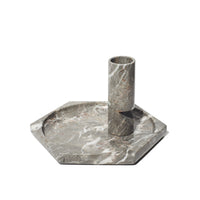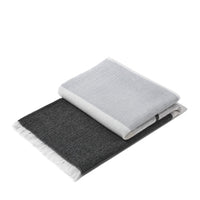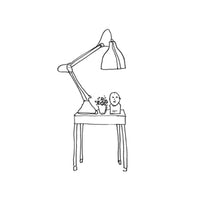Choosing the right-down comforter can transform your sleep experience. It is essential to pick one that fits your specific needs.

When selecting a down comforter, consider fill type, warmth level, and quality materials to ensure comfort and durability. These elements can greatly influence how well you sleep and whether you stay warm throughout the night.
Goosedown is often favored for its superior softness and warmth, making it popular for those seeking luxury. On the other hand, duck down provides a more budget-friendly alternative.
Additionally, checking the fill power and thread count is crucial. Higher numbers typically indicate better insulation and lesser chances of feathers poking through the fabric.
To make an informed purchase, evaluate your sleeping habits and the climate in your area. Whether you're shopping for yourself or selecting a gift, understanding these key factors will guide you in finding the ideal down comforter that meets your expectations for comfort and warmth.
Key Takeaways

Choosing a down comforter involves understanding several key factors that affect sleep quality and comfort.
- Fill Type: Goose Down: Generally warmer and softer, it is ideal for those seeking luxury. Duck Down: It is more budget-friendly and offers decent warmth and softness.
- Fill Power: Higher fill power (600-800) indicates better insulation and plushness. This factor directly impacts the warmth without adding bulk.
- Fill Weight: Heavier comforters provide more warmth. Lighter options are suitable for warmer climates or hot sleepers.
- Shell Material: Look for high-quality fabrics that enhance softness and durability. Cotton and silk are popular choices for a cozy feel.
- Warmth Level: Consider your sleeping habits. If you sleep hot, opt for a lighter fill weight and better airflow. For cold climates, a thicker comforter can improve coziness.
- Size Options: Ensure the comforter fits your bed size properly for optimal coverage. This helps avoid drafts and ensures a plush experience.
- Value: Invest in quality for long-lasting performance. A good down comforter can enhance the sleep experience significantly.
What To Look For In the Best Down Comforter

Selecting a down comforter involves understanding several key factors contributing to its performance and comfort. Focus on the type of down, warmth level, fill power, materials, and maintenance to make an informed decision tailored to your needs.
Goose vs. Duck Down
When choosing between goose and duck down, consider the quality and insulation properties of each. Goose down typically provides higher warmth-to-weight ratios and is often fluffier, making it a preferred option for colder climates.
Duck Down is generally more budget-friendly and offers decent insulation, although it may have a slightly heavier feel.
Regarding sourcing, mature geese produce larger clusters of down, while duck down tends to be more readily available. Decide based on your budget and desired warmth, keeping in mind the geographical context of your living situation.
Warmth Level
The warmth level of a down comforter is critical, particularly if you plan to use it throughout different seasons. The fill weight and the down type generally dictate this.
Higher fill weights offer better insulation, ideal for winter months. Meanwhile, a lightweight comforter may be more suitable for summer or year-round use. This allows for breathability while still providing some warmth. Assess your specific climate and personal sleep temperature preferences to select the right warmth level.
Fill Power
Fill power measures the down's loft and insulation efficiency, which impacts warmth and comfort. It is measured in cubic inches per ounce, with higher fill power numbers indicating better quality.
For instance, a fill power of 600-700 is considered excellent, while 800 and above indicates luxury quality. Comforters with higher fill power are typically lighter, require less fill weight, and offer a fluffier feel. Balance your choice between fill power and price to find the best match for your needs.
Fill Weight
Fill weight, the actual weight of down in the comforter significantly affects its warmth and durability. A comforter with a higher fill weight typically offers more warmth but can also feel heavier.
Comforters designed for colder seasons generally have higher fill weights than those suitable for all-season use. Look for a comforter with a fill weight that balances warmth and comfort, ensuring it is light enough for your preference.
Shell Material
The shell material affects the comforter's look, feel, durability, and breathability. Common materials include cotton, satin, or polyester blends.
Cotton is often preferred for its breathability and natural moisture-wicking properties. Meanwhile, sateen provides a silky finish, while percale is known for its crisp and cool feel.
Examine the thread count as it directly correlates with durability and comfort. A higher thread count results in a softer feel and increased longevity, preventing down from escaping through the fabric.
Stitching
Stitching methods are vital in maintaining the comforter's structure and performance. Look for options with sewn-through stitching or baffle box construction.
Sewn-through stitching creates individual pockets that keep the down evenly distributed, preventing cold spots. On the other hand, baffle box design uses three-dimensional baffles to create a loftier feel and better insulation. Both options help maintain warmth while offering a plush sleeping experience.
Weave
The weave of the fabric affects breathability, softness, and overall comfort.
Percale weaves are tight and crisp, offering durability, while sateen weaves provide a softer, more luxurious feel. For those who sleep hot, a lighter percale weave is more suitable as it allows for better airflow. Conversely, if you seek a cozier feel, choose a sateen weave for its warmth and smooth surface against the skin.
Thread Count
Thread count impacts the comforter’s softness, durability, and breathability.
Generally, a higher thread count can indicate a softer and more durable fabric.
A comfortable range for down comforters lies between 300 and 600 thread count. Anything above 600 may contribute to a luxurious feel and raise the price significantly. Strive for a balance between comfort and budget.
Comforter Size
Choosing the correct comforter size is essential for optimal coverage and comfort. Standard sizes include Twin, Full, Queen, and King.
Measure your mattress dimensions to select an appropriate size that provides ample overhang. Ensure the comforter is large enough to fully cover the sides of your bed, enhancing insulation and aesthetics. Pay attention to variations in sizes among brands to avoid fit issues.
Seasonal vs. Year-Round
Consider whether you need a seasonal comforter or one designed for year-round use.
Seasonal comforters are often thicker, providing extra warmth for colder months, whereas year-round options balance warmth and breathability for fluctuating temperatures. All-season comforters typically feature a medium fill weight, making them versatile enough for most conditions. Evaluate your climate and personal preferences to find the right fit, ensuring a comfortable sleep experience throughout the year.
Maintenance
Proper care is crucial for maintaining a down comforter's quality and longevity. Many down comforters are machine washable, but you should check care instructions to avoid damaging the material.
Use a front-loading washer with a gentle cycle and a mild detergent. Additionally, a gentle cycle and a mild detergent are important to avoid damaging the material. Drying the comforter completely is important to prevent mold and odors. Regular fluffing and airing out also help restore loft and freshness.
Warranty
A warranty can provide reassurance about your investment in a down comforter. Many reputable brands offer warranties that cover defects or premature wear.
Investigate the length and terms of the warranty, as this can reflect on the quality and confidence of the manufacturer in their product. A more comprehensive warranty indicates a commitment to quality and durability, providing peace of mind with your purchase.
Down vs. Down Alternative

When choosing between down and down alternative comforters, consider your preferences for warmth, allergies, and maintenance.
Down Comforters
- Material: Made from the soft underlayers of geese or ducks, primarily composed of down clusters.
- Warmth: Excellent insulation, ideal for colder climates.
- Texture: Soft, airy, and voluminous, providing a luxurious feel.
- Durability: Long-lasting if properly cared for.
Types of Down
- Goose Down: Usually warmer and more expensive, known for its superior insulation.
- Duck Down: Often more budget-friendly but slightly less insulating than goose down.
Down Alternative Comforters
- Material: Constructed from synthetic polyester fibers designed to mimic the softness of natural down.
- Warmth: Generally provides a lighter insulation, suitable for year-round use.
- Hypoallergenic: A better option for those with allergies to feathers or down.
- Maintenance: Easier to clean; typically machine washable without special care.
Comparison Table
|
Feature |
Down Comforter |
Down Alternative Comforter |
|
Fill Material |
Goose or duck down |
|
|
Warmth |
High |
Moderate |
|
Allergies |
May trigger allergies |
Hypoallergenic |
|
Care Requirements |
Special washing needed |
Easy to wash |
|
Cost |
Generally higher |
More budget-friendly |
Consider these factors to find what best suits your sleep needs.
Why Choose Snowe Home?

When selecting a down comforter, reliability and quality are essential.
Snowe offers a range of comforters crafted with premium materials to ensure comfort and durability.
Key Benefits of Snowe Comforters
- Ethically Sourced Down: Enjoy peace of mind knowing that the down used is responsibly sourced.
- Lightweight Options: Choose lightweight or all-season density comforters that fit your needs.
- Breathability: Snowe comforters promote airflow, making them suitable for various sleepers.
Explore the Down Comforter to elevate your bedding experience. Its luxurious layer adds warmth and sophistication.
Hypoallergenic Choices
If allergies are a concern, consider hypoallergenic alternatives.
Snowe incorporates allergy-free materials that deliver warmth without compromising your health.
Craftsmanship and Design:
Snowe's commitment to quality extends to expert craftsmanship. Each comforter is designed to provide a perfect balance of warmth and breathability.
What Is Down?

Down refers to the soft, insulating material collected from the underbelly of birds, most commonly ducks and geese.
It's highly regarded for its warmth, lightweight nature, and luxurious feel, making it a preferred filling in comforters, jackets, and pillows.
Understanding the specifics of down can help you make an informed decision when choosing a comforter.
Material
Down comprises clusters of fine feathers that trap air, providing excellent thermal insulation. The two main sources of down are goose and duck.
Goosedown is often considered superior due to its larger clusters, creating a softer, more insulating product. Duck down, while generally more affordable, can also offer remarkable warmth.
The Responsible Down Standard (RDS) ensures that down is ethically sourced from humanely treated birds. You should check for this certification to ensure your purchase supports ethical practices when selecting down bedding.
Fill Power
Fill power measures the loft of the down and its ability to trap air. It is the standard used to gauge the warmth and quality of down bedding.
The higher fill power indicates better insulation quality. Common fill power ratings include:
- 600-fill power: Offers substantial warmth for moderate climates.
- 650-fill power: A versatile option suitable for various temperatures.
- 700-fill power and above: Ideal for colder environments as it provides superior warmth with less weight.
When selecting a comforter, consider the season and your personal comfort preferences. Higher quality, with a 600 or greater rating, often translates to a more luxurious sleep experience. For additional insights on down bedding, you can explore the benefits of this material.
Conclusion
Choosing the right-down comforter enhances your sleep by providing warmth and comfort. Consider these key factors:
Fill Type: Goose down offers superior softness and warmth, while duck down is more budget-friendly.
Fill Power: Higher fill power (600-800) indicates better insulation and loft.
Fill Weight: Heavier is for colder climates, and lighter is for warmer conditions.
Shell Material: High-quality fabrics like cotton enhance durability and breathability.
Warmth Level: Match your climate and sleeping habits for optimal comfort.
Size and Fit: Ensure the comforter fits your bed properly for full coverage.
Maintenance: Proper care extends the comforter’s lifespan.
Explore Snowe's Down Comforter Collection for a blend of quality, comfort, and ethical sourcing. Enhance your bedding with Snowe's luxurious and durable options, tailored to provide the perfect night's sleep. Visit Snowehome today to find your ideal down comforter!
Frequently Asked Questions
How do I choose a down comforter fill power?
Consider the warmth and loft you desire when choosing a down comforter to fill power. Fill power measures the fluffiness and insulating ability of the down. A higher fill power (600-800) indicates better quality and warmth with less weight, making it ideal for colder climates or those who prefer a warmer comforter. A fill power of 400-600 is usually sufficient for moderate climates or warmer sleepers.
What should you look for when buying a down comforter?
When buying a down comforter, consider the following factors:
- Fill Power: Higher fill power provides more warmth and fluffiness.
- Fill Weight: Indicates the amount of down in the comforter; higher weight means more warmth.
- Material: Look for soft, durable covers like cotton or cotton blends.
- Construction: Baffle-box construction prevents down from shifting, ensuring even warmth.
- Allergies: Ensure the down is hypoallergenic if you have sensitivities.
- Care Instructions: Consider ease of cleaning and maintenance.
Does a down comforter need a cover?
Yes, a down comforter, often called a duvet cover, needs a cover. A cover protects the comforter from dirt, oils, and wear, extending its life. It also allows easy cleaning and can be changed to match your decor or the season.
What thread count should a down comforter be?
A down comforter should have a thread count between 300 and 600. This range ensures a soft, durable fabric that prevents down from escaping. A thread count above 600 may be smoother but can reduce breathability.
